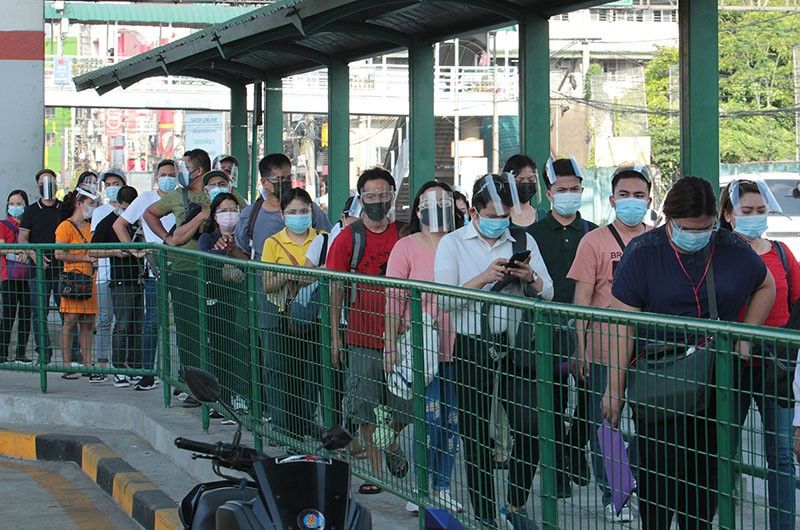Unemployment in September hits its worst finish since January 2021

MANILA, Philippines — Unemployment soared in September, hitting its worse yet since the pandemic sent the economy into a historic meltdown.
Data from the Philippine Statistics Authority found unemployment in September worsened to 8.9%, which according to the monthly Labor Force Survey yielded 4.25 million jobless Filipinos.
This was the highest since July 2020 when it reached 10%. However, national statistician Claire Dennis Mapa said the data should be treated with "caution" since data gathered then was on a quarterly basis. It was only this year that LFS data was released every month.
For this year, the PSA reported unemployment was at its worst since it climbed to 8.7% back in January.
“The biggest contributor to unemployment in September was the agriculture and forestry sector. That’s why the unemployment rate rose,” Mapa said in an online briefing.
Mapa credits the worsening employment situation in this sector to bad weather and the end of harvest season.
Broken down, gainful employment in the agriculture and forestry sector took the biggest hit in September as it shed 862,000 jobs in September. Rounding out the list were the manufacturing sector, which slashed 343,000 from its workforce, and employment in information and communication that saw 126,000 Filipinos sent into unemployment.
According to Mapa, Filipinos who did not participate in the workforce in September was the return to school. There were some unemployed who told PSA field researchers that they were still waiting for prospective employers to return their calls, as data found this metric rose 1.6 percentage points to 7.2% in September.
In a statement, socioeconomic planning secretary Karl Kendrick Chua said that labor outcome in October is expected to improve since “the country sees the full impact of the implementation of granular lockdowns in the National Capital Region.”
Underemployment, which are proportion of workers looking for more working hours, eased to 14.2% in September to 6.18 million Filipinos. This was lower than the 14.7% recorded in the preceding month.
Employment inched down in September as well to 91.1% to 43.59 million fully employed.
The labor force participation rate in September tallied 63.3%, lower than the preceding month by an estimated 269,000 Filipinos.
The data was collected amid a round of strict lockdown in Metro Manila in September, which was meant to curb the spread of the hypercontagious Delta variant. It was only in October that restrictions loosened as cases levelled off and vaccination rates improved around the country.
National statistician Mapa was careful to point out that it is hard to introduce causality in the shift to relaxed quarantine measures.
“We can’t establish causality right now. In months where hard lockdowns were in place such as in April 2021, there was lower labor force participation compared to previous months,” he said.
That said, pandemic curbs hit the services sector the hardest, especially since it remained a constant source of work as it employed 57.8% of working Filipinos in September.
Michael Enriquez, chief investment officer for Sun Life Investment Management and Trust Corp., expects unemployment to ease as restrictions remarkably, with curfews now gone for the first time since the onset of the pandemic in March last year.
“We expect this figure to go down as the economy reopens and businesses start to hire back people,” he said in a Viber message.
Sought for comment, labor economist Leonardo Lanzona said that domestic employment will continue to prove difficult for Filipinos without stronger government interventions.
“The issue is the lack of a comprehensive job creation program with decent work conditions,” he said in a text message.
As it stood, the pandemic-induced recession left thousands jobless as the annual employment rate ballooned to 10.3% in 2020, when draconian lockdowns were first imposed.
“Unless the government commits to providing more jobs, we can expect the continuously high unemployment rates,” he added.
- Latest
- Trending
























